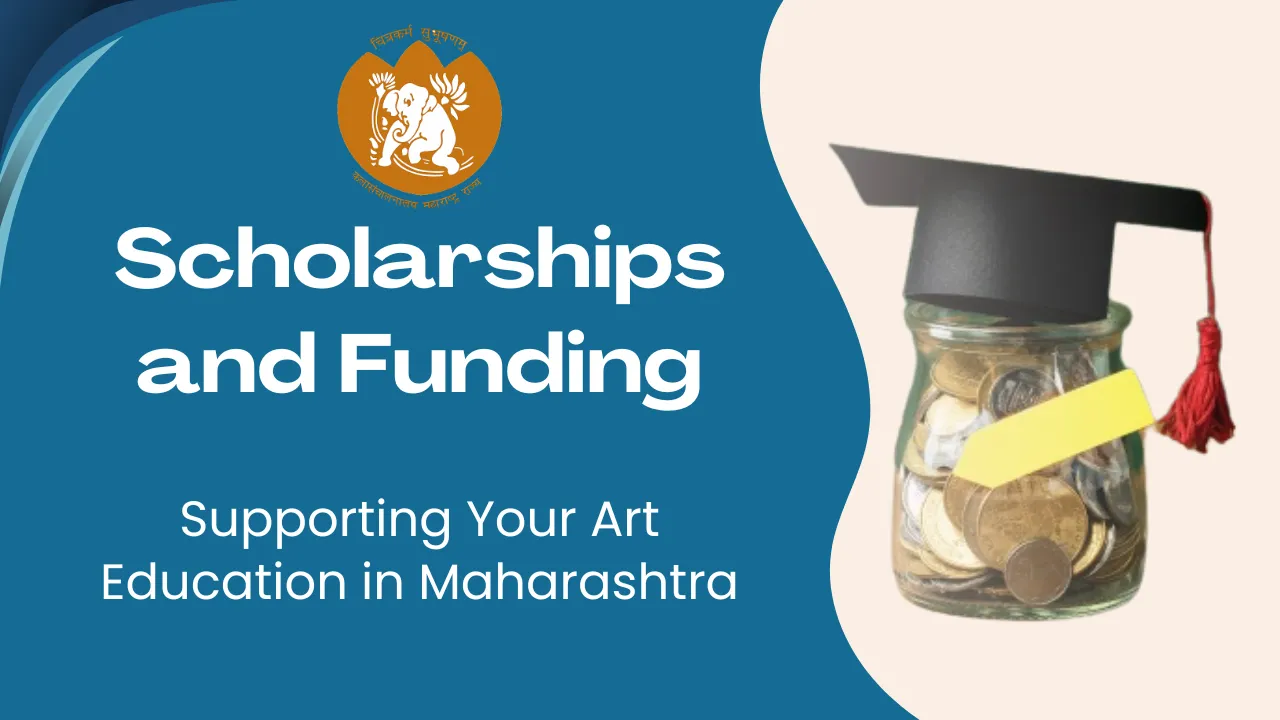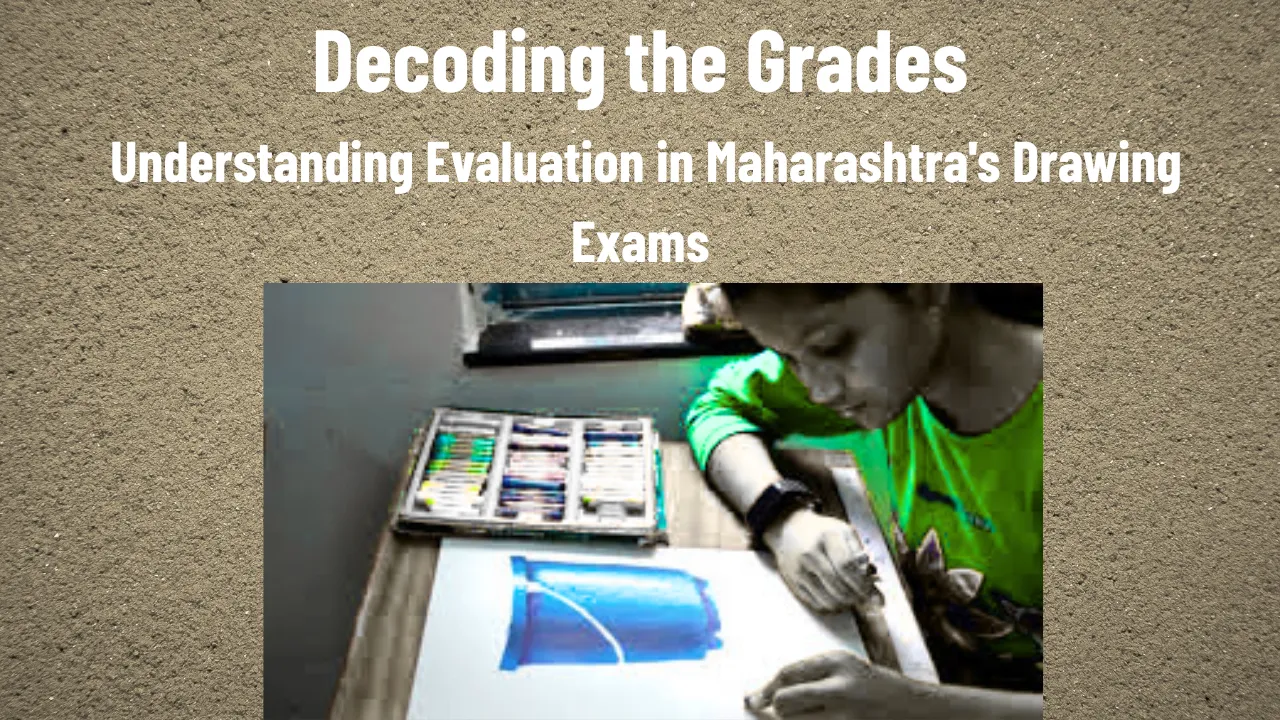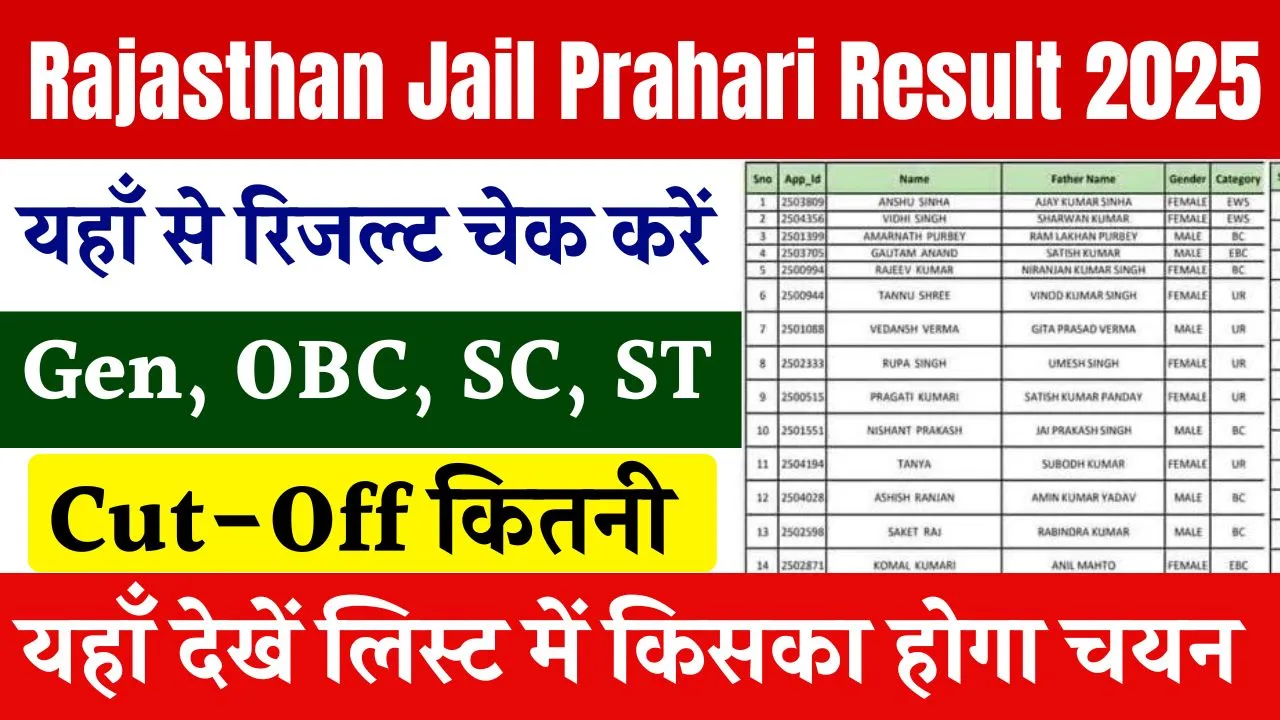Privatization of Education: Privatization of education has become a widely debated topic in recent years. With private schools and universities expanding rapidly across the globe, this shift raises several questions about access, quality, affordability, and equity. Supporters believe it introduces competition and enhances standards, while critics argue it widens the gap between the rich and the poor.
This article dives into whether privatization of education is a step toward progress or a setback to equal opportunity. We’ll explore both sides, look at the impact on students, teachers, and society, and discuss how it shapes the future of learning.
Privatization of Education: An Overview
Privatization of education means allowing private organizations to manage and run educational institutions. These schools and colleges often operate for profit, unlike public institutions funded and managed by the government. The trend is growing in both developed and developing countries due to demand for better infrastructure, modern teaching methods, and personalized learning.
However, the rise of private institutions also raises concerns about affordability and fair access. While some view it as a positive change, others see it as a challenge to the principle of education as a public good.
Overview Table: Key Aspects of Privatization of Education
| Aspect | Privatized Education | Public Education |
| Funding | Private investors, tuition fees | Government grants, public funds |
| Access | Limited to those who can afford | Open to all citizens |
| Quality of Infrastructure | Often modern and well-equipped | Varies based on location and government support |
| Teacher Salaries | Competitive, performance-based | Fixed by government scales |
| Accountability | Managed by private boards | Managed by public authorities |
| Focus | Market-driven, customer satisfaction | Social welfare, equal opportunity |
Why Privatization of Education Is Considered a Boon
- Improved Quality and Innovation
Private schools and colleges often have the freedom to design their own curriculum, adopt global teaching practices, and use modern technology in classrooms. This leads to better learning environments and helps students keep up with real-world skills. - Accountability and Performance
Privatized institutions are directly accountable to parents and stakeholders. Poor performance may lead to drop in admissions, forcing institutions to maintain high standards. This constant pressure to deliver can raise the overall quality of education. - Better Facilities and Resources
Private institutions usually offer well-maintained classrooms, laboratories, libraries, and sports facilities. They invest in infrastructure to attract more students, which is often missing in overcrowded public schools. - More Choices for Parents and Students
With privatization, families can choose from a variety of schools that match their educational goals, values, and budget. This flexibility supports personalized education paths. - Job Creation and Teacher Opportunities
Privatization creates new teaching and administrative positions. Competitive salaries and incentives attract skilled professionals and improve the teaching standard.
Why Privatization of Education Is Seen as a Bane
- Limited Access for the Poor
Quality private education comes at a price. High tuition fees often exclude underprivileged students, making it harder for them to access the same opportunities as wealthier peers. - Profit Over Purpose
In many cases, the main goal of private institutions is profit. This can lead to cost-cutting, excessive fee hikes, or ignoring student well-being in favor of business outcomes. - Unequal Quality Across Institutions
Not all private schools offer high-quality education. Some low-cost private schools may lack trained teachers or proper facilities, yet charge high fees. Without strict regulation, quality can vary greatly. - Reduced Role of the Government
As private institutions grow, governments may reduce investment in public education. This neglect can weaken public schools and increase dependency on private institutions. - Pressure and Competition
Some private schools promote unhealthy competition, placing immense pressure on students to perform. This can affect mental health and overall development.
Key Points in List Format
Boon: Advantages of Privatization of Education
- Enhanced infrastructure and teaching tools
- Higher flexibility in curriculum
- Motivated staff due to competitive pay
- Better discipline and academic results
- Efficient management practices
Bane: Disadvantages of Privatization of Education
- High fees reduce access for poor families
- Education becomes a commodity, not a right
- Limited oversight may affect quality
- Risk of neglecting social values and ethics
- Focus shifts from inclusive learning to profit-making
Balancing Public and Private: A Way Forward
Rather than seeing public and private education as opposites, governments can aim to balance the two. Regulating private institutions to ensure fair fees, transparency, and quality standards is key. Public-private partnerships (PPP) can also be a solution, combining government support with private innovation.
Governments must continue to invest in public schools to ensure that quality education is not a privilege but a right. Training teachers, updating curriculums, and providing infrastructure support will help bridge the gap.
Final Thought
So, is privatization of education a boon or a bane? The answer isn’t black or white. It depends on how it’s managed. While privatization brings improvements in quality and choice, it should not come at the cost of fairness and equality. With proper regulation and collaboration, both private and public education can coexist to create a strong, inclusive learning system.
If you have thoughts on this topic, share your opinion in the comments below! Also, feel free to explore more articles on education reforms and trends.
FAQs
1. What is privatization of education?
It refers to the process where private entities manage educational institutions instead of the government.
2. Is privatization of education beneficial for students?
It can be beneficial if it provides better infrastructure, quality teaching, and innovative learning—but only when it’s affordable and inclusive.
3. How does privatization affect poor students?
It may limit access to quality education due to high fees unless scholarships or subsidies are provided.
4. Why do some people support privatization?
Supporters believe it improves competition, efficiency, and overall educational standards.
5. What can be done to ensure fair privatization?
Governments should regulate private institutions, ensure transparency, and continue investing in public education.











